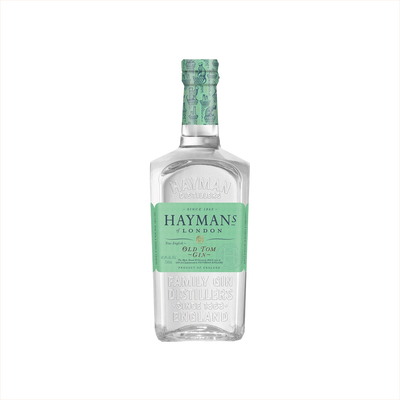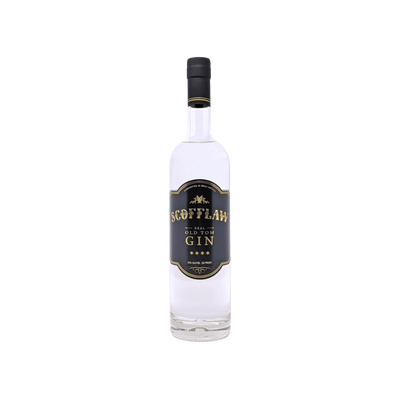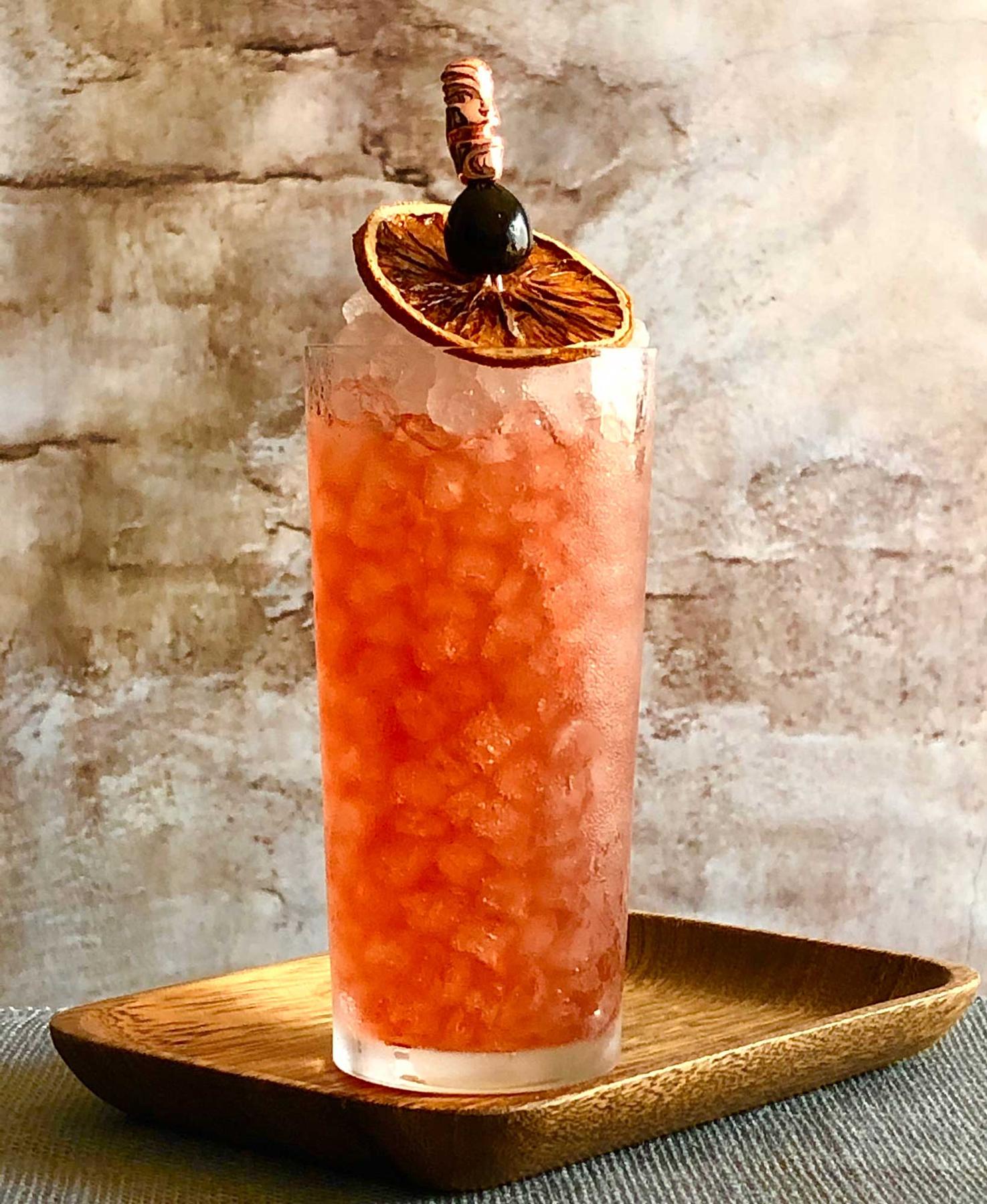Traditional Old Tom Gin
What is Traditional Old Tom Gin?
Traditional Old Tom Gin represents the historical style of Old Tom Gin that dominated British distilleries from the 18th through early 19th centuries, before the London Dry style took over. This category is defined by its subtle sweetness, fuller mouthfeel, and softer botanical profile compared to modern gins, often achieved through the addition of sugar or licorice root during production. Traditional Old Tom maintains the juniper-forward character that defines all gin while offering a rounder, more approachable drinking experience that bridges the gap between the heavily sweetened Dutch genever and crisp London Dry gin.
Learn More About Traditional Old Tom Gin
What makes Traditional Old Tom Gin unique?
Traditional Old Tom Gin stands apart from modern interpretations by adhering to historical production methods that predate the Coffey still, relying on pot distillation and botanical recipes from the 1700s and 1800s. Unlike contemporary Old Tom expressions that might use neutral grain spirit as a base, traditional versions often start with malted barley or other grain mashes, creating a richer, more complex foundation that carries through to the final product. The sweetening approach also differs significantly—where modern Old Tom gins might add sugar or liqueurs post-distillation, traditional methods incorporated sweetness through the botanical blend itself or used period-appropriate techniques like barrel aging that naturally mellowed the spirit's harsh edges.
How is Traditional Old Tom Gin made?
Traditional Old Tom Gin starts with a neutral grain spirit that gets redistilled with juniper berries and other botanicals like coriander, angelica root, and citrus peels in a copper pot still. The key difference from London Dry Gin lies in the addition of sugar or other sweetening agents after distillation, which gives Old Tom its characteristic rounded, slightly sweet profile that made it the gin of choice for classic cocktails like the Martinez and Tom Collins. Some producers also age their Old Tom briefly in oak barrels, adding subtle vanilla and spice notes that bridge the gap between the botanical-forward London Dry style and the more mellow, sweetened gins that dominated the 18th and 19th centuries.
How do you drink Traditional Old Tom Gin?
Traditional Old Tom Gin shines brightest in classic cocktails where its slightly sweet, botanical character can play a supporting role alongside other ingredients. You'll find it works beautifully in vintage recipes like the Tom Collins, Martinez, and Ramos Gin Fizz, where its rounded profile bridges the gap between the harsh edge of London Dry and the sweetness of genever. While purists occasionally sip it neat to appreciate its craftsmanship, Old Tom really comes alive when mixed, making it the perfect spirit for sophisticated evening cocktails and special occasions when you want to serve something with historical flair and refined complexity.
How do I choose good Traditional Old Tom Gin?
When selecting a Traditional Old Tom Gin, look for bottles that clearly state their production methods—the best ones use pot stills and incorporate some sweetening element, whether from botanicals like licorice root or a touch of added sugar. For classic cocktails like the Martinez or Tom Collins, choose a gin with moderate sweetness and robust juniper presence, while bartender-forward drinks benefit from versions with more complex botanical profiles that won't get lost behind strong mixers. Always check if the distillery follows historical recipes or uses modern interpretations, as this will significantly impact how the gin performs in period-correct cocktails versus contemporary creations.
Nutritional Information
Typical Calorie Range per Ounce: 64-70 calories
Typical Carbohydrate Range per Ounce: 0-2 grams
Typical Sugar Range per Ounce: 0-1.5 grams
Typically Gluten Free: No
Traditional Old Tom Gin often contains a small amount of added sugar or sweetening agents, which accounts for the slightly higher calorie and carbohydrate content compared to London Dry Gin. The sugar content varies by producer, with some brands adding licorice root or other botanicals that contribute natural sweetness.
Many Old Tom Gins are distilled from grain-based neutral spirits, which may include wheat or other gluten-containing grains. While the distillation process typically removes gluten proteins, some individuals with celiac disease or severe gluten sensitivity may still react to these spirits. Always check the specific product label and manufacturer information to confirm gluten-free status before consumption.
Scrolled this far? Your reward? Traditional Old Tom Gin Trivia!
- Traditional Old Tom gin gets its name from wooden cat-shaped signs that hung outside 18th-century English gin shops, complete with a slot in the mouth where customers would drop coins and receive a shot of gin through a tube - the original vending machine was a wooden cat dispensing booze to avoid strict licensing laws.
- The "sweetness" in Old Tom gin originally came from lead poisoning - distillers used lead-lined stills and lead acetate (called "sugar of lead") to mask the harsh bite of poorly made spirits, which is why many gin drinkers of the era suffered from what we now know were symptoms of lead toxicity.
- Old Tom gin was the primary spirit in the original Martini and Tom Collins recipes, but it nearly vanished completely by the 1960s when just one distillery in the world still made it - until cocktail historians rediscovered these recipes and sparked a revival that now has dozens of brands producing their own versions.
- The Dutch genever that inspired English gin was actually considered medicine and sold in pharmacies, with juniper berries believed to cure everything from kidney stones to plague - which explains why gin was originally much sweeter and more botanical-heavy than the dry London style that dominates today's shelves.
- Traditional Old Tom recipes often included licorice root as a key botanical, which gave the spirit its characteristic slight sweetness and fuller mouthfeel - not added sugar as many people assume - and this botanical profile made it the perfect bridge between the malty Dutch genever and the crisp London Dry gins that followed.
Higher-proof spirits can be intense. Mix carefully, taste thoughtfully, and enjoy responsibly.
Gift message (optional)




